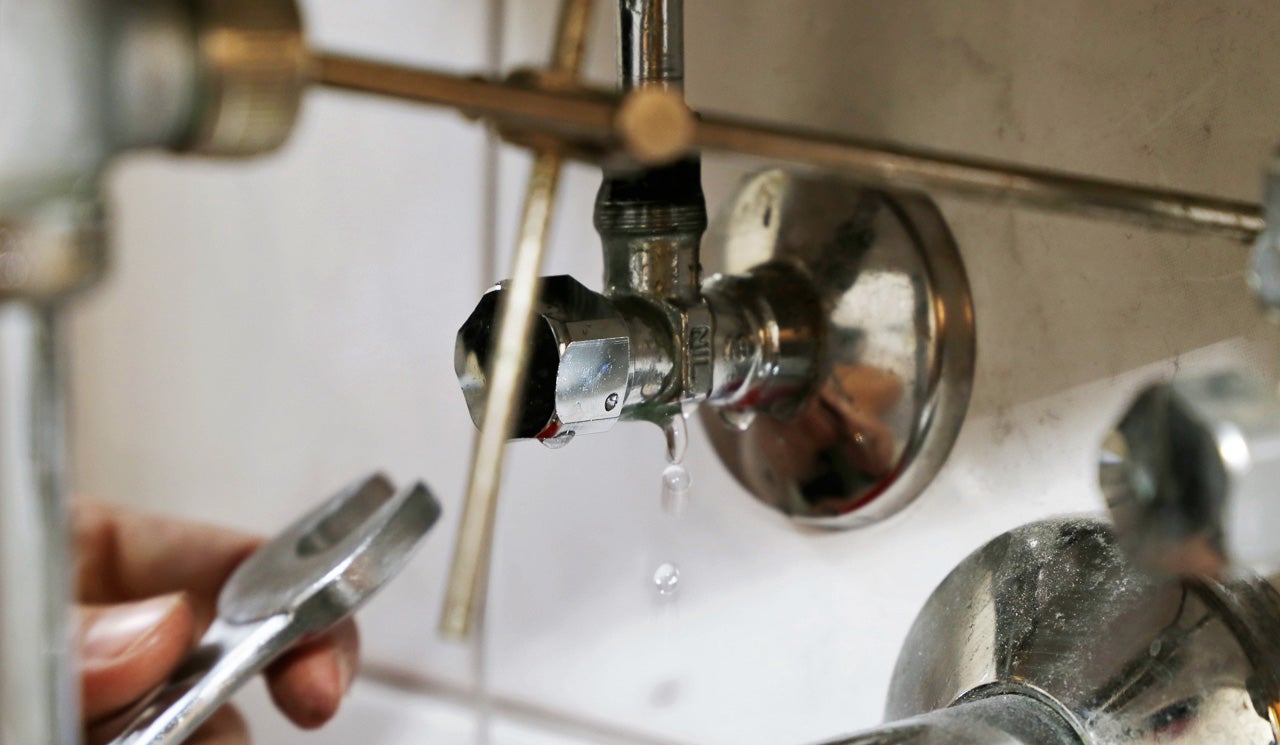Just how do you actually feel in relation to Finding hidden leaks?

Early detection of leaking water lines can alleviate a prospective calamity. Some small water leaks might not be visible.
1. Analyze the Water Meter
Every house has a water meter. Examining it is a guaranteed manner in which assists you find leakages. For beginners, shut off all the water sources. Ensure nobody will flush, make use of the tap, shower, run the cleaning machine or dishwashing machine. From there, most likely to the meter and also watch if it will certainly alter. Considering that no person is using it, there should be no movements. If it relocates, that indicates a fast-moving leak. Also, if you detect no changes, wait an hour or two and also check back once again. This means you might have a slow-moving leakage that might even be below ground.
2. Examine Water Consumption
Assess your water costs as well as track your water usage. As the one paying it, you ought to discover if there are any discrepancies. If you spot sudden changes, despite your intake being the same, it suggests that you have leakages in your plumbing system. Bear in mind, your water bill ought to fall under the exact same array every month. An unexpected spike in your bill shows a fast-moving leakage.
A consistent boost every month, even with the exact same practices, shows you have a sluggish leakage that's likewise gradually intensifying. Call a plumber to completely check your residential or commercial property, particularly if you really feel a warm location on your floor with piping below.
3. Do a Food Coloring Test
When it comes to water usage, 30% originates from commodes. Examination to see if they are running effectively. Decline flecks of food color in the tank as well as wait 10 mins. There's a leak between the container and also dish if the shade somehow infiltrates your dish throughout that time without flushing.
4. Asses Exterior Lines
Don't fail to remember to inspect your outdoor water lines too. Examination spigots by affixing a garden hose. Ought to water seep out of the connection, you have a loosened rubber gasket. Replace this as well as make sure all connections are limited. It will assist get it expertly took a look at and also kept every year if you have actually got a lawn sprinkler system. One little leakage can waste lots of water as well as increase your water bill.
5. Evaluate the scenario and also evaluate
House owners must make it a routine to inspect under the sink counters and even inside cupboards for any kind of bad odor or mold and mildew development. These two warnings show a leakage so prompt attention is called for. Doing regular assessments, also bi-annually, can conserve you from a major problem.
More importantly, if you recognize your home is already old, keep a watchful eye on your heating units, tubes, pipes and so on. Look for discolorations and also deteriorating as most appliances and also pipes have a life span. They will certainly additionally naturally wear away because of tear as well as put on. If you presume dripping water lines in your plumbing system, do not await it to rise. Call a specialist plumber right now so you don't wind up with a terrible mess in your house.
Early detection of dripping water lines can minimize a prospective calamity. Some little water leaks might not be noticeable. Checking it is a proven means that helps you discover leakages. One little leakage can squander bunches of water as well as spike your water bill.
If you think leaking water lines in your plumbing system, don't wait for it to escalate.
WARNING SIGNS OF WATER LEAKAGE BEHIND THE WALL
PERSISTENT MUSTY ODORS
As water slowly drips from a leaky pipe inside the wall, flooring and sheetrock stay damp and develop an odor similar to wet cardboard. It generates a musty smell that can help you find hidden leaks.
MOLD IN UNUSUAL AREAS
Mold usually grows in wet areas like kitchens, baths and laundry rooms. If you spot the stuff on walls or baseboards in other rooms of the house, it’s a good indicator of undetected water leaks.
STAINS THAT GROW
When mold thrives around a leaky pipe, it sometimes takes hold on the inside surface of the affected wall. A growing stain on otherwise clean sheetrock is often your sign of a hidden plumbing problem.
PEELING OR BUBBLING WALLPAPER / PAINT
This clue is easy to miss in rooms that don’t get much use. When you see wallpaper separating along seams or paint bubbling or flaking off the wall, blame sheetrock that stays wet because of an undetected leak.
BUCKLED CEILINGS AND STAINED FLOORS
If ceilings or floors in bathrooms, kitchens or laundry areas develop structural problems, don’t rule out constant damp inside the walls. Wet sheetrock can affect adjacent framing, flooring and ceilings.
https://www.servicemasterbyzaba.com/blog/how-to-detect-water-leakage-in-walls/

I stumbled upon that blog posting about Hacks to detect leaks while surfing the web. Kindly take the time to promote this blog post if you enjoyed it. Kudos for your time. Kindly come by our site back soon.